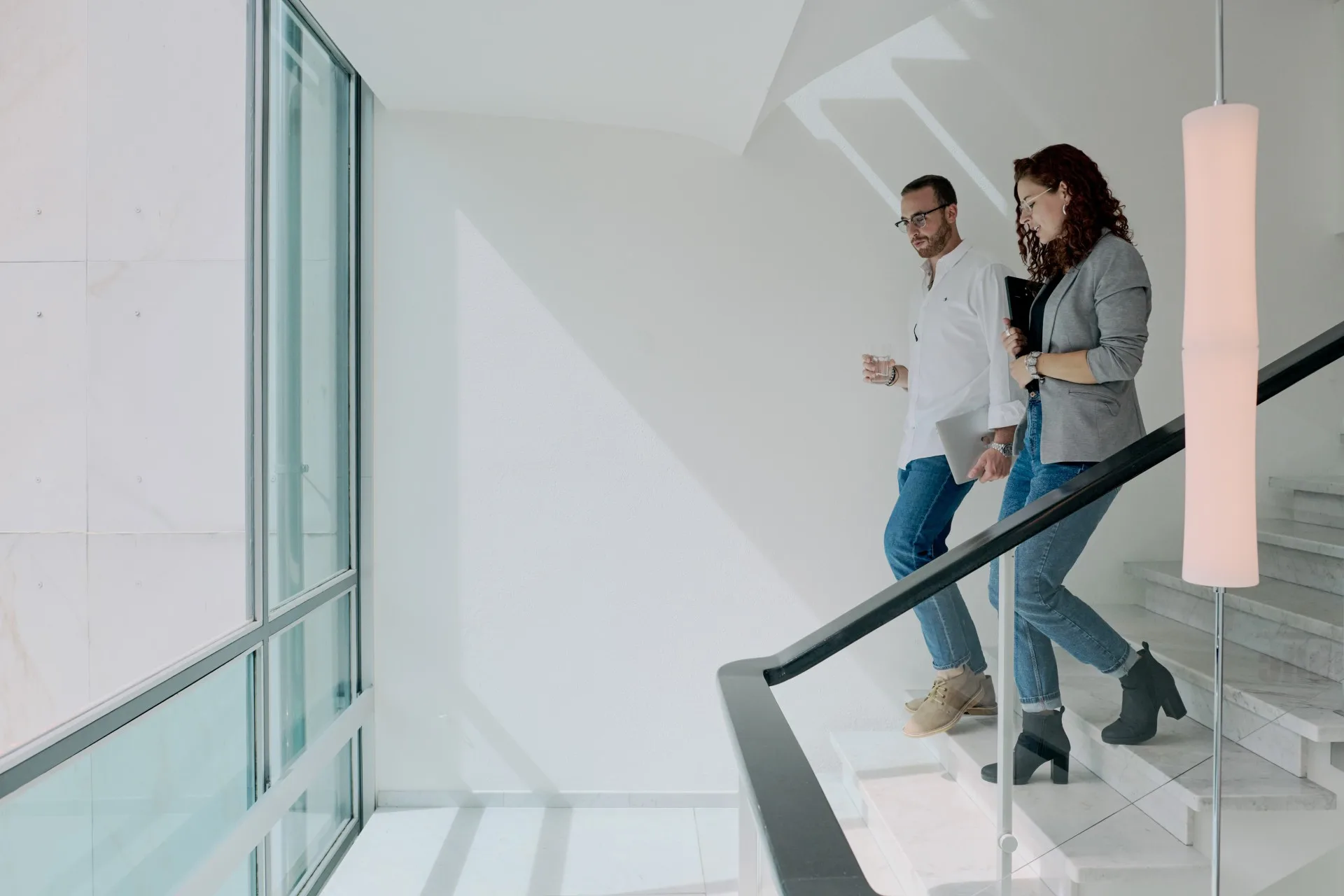
Insights
Explore the Webrepublic universe at a glance: expert insights, trend analysis, behind-the-scenes moments, and the latest updates.
Spotlight
Subscribe to our newsletter and gain exciting insights into current marketing topics and industry news.
Latest insights

18.08.2025
Six Steps to a Social Media Creative Concept
AI in Search—Welcome to the New Reality
Best of Swiss Web Award 2025: Webrepublic Wins Gold And Silver with login
Create Unforgettable Interactions with a One-Of-A-Kind Customer Experience
Best of Swiss Web Award 2024: Webrepublic Wins 6 Awards with CSS Versicherung and Migros
Focus on Effectiveness: How Google Performance Max Campaigns Are Revolutionizing Online Marketing
The only marketing newsletter you’ll ever need
- Stay up-to-date with the latest industry news and trends.
- Get inspiring insights into current marketing topics.
